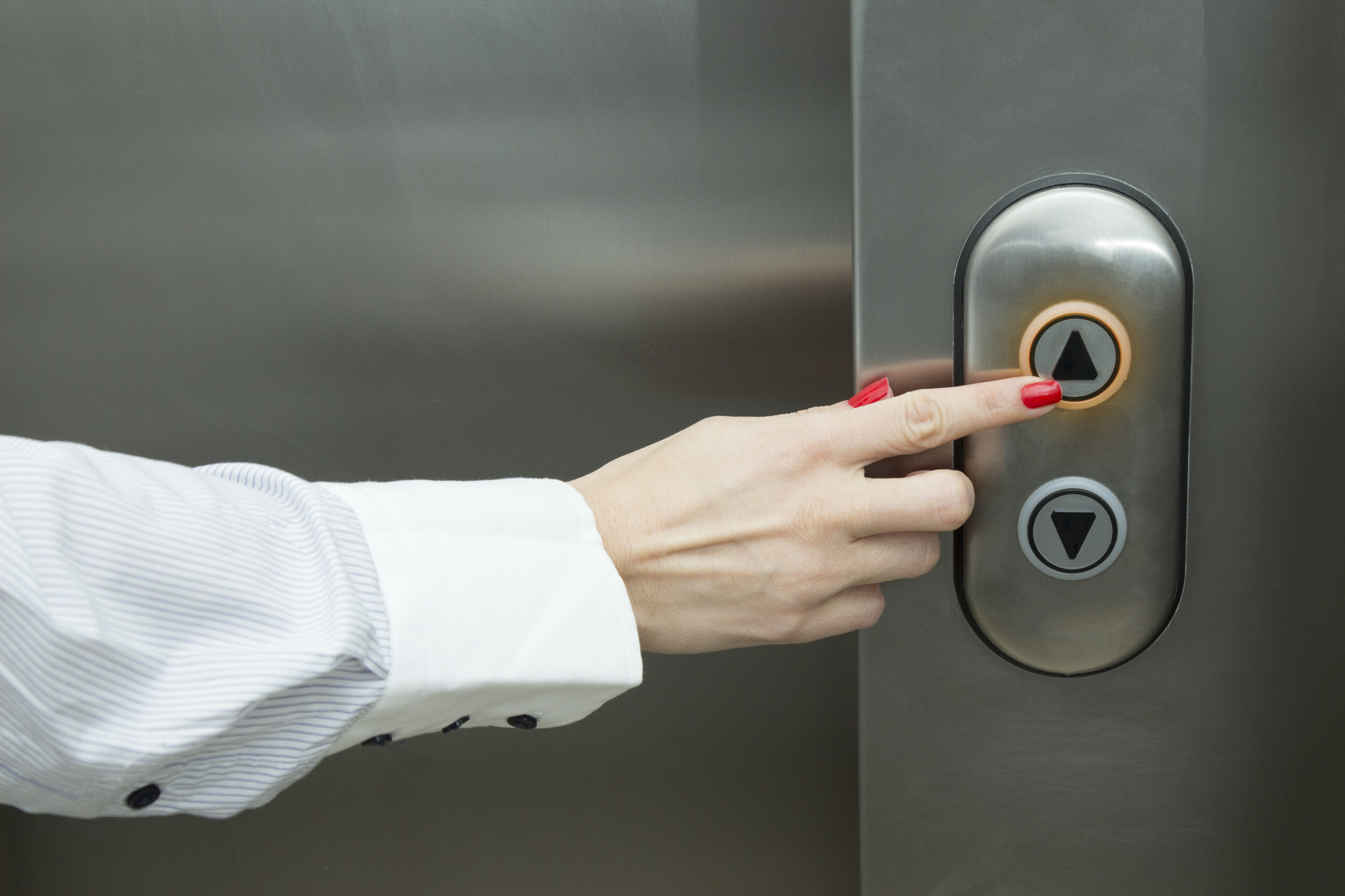Find Trustworthy Lift Repair Near Me for Fast and Affordable Service
Find Trustworthy Lift Repair Near Me for Fast and Affordable Service
Blog Article
Delving Into the Globe of Lifts: Usual Problems Dealt With by Numerous Lift Mechanisms
As we browse with the upright transportation systems of modern-day structures, elevators stand out as a crucial component of our daily lives. From hydraulic lifts to grip systems and machine-room-less designs, each lift type comes with its collection of typical issues.
Hydraulic Lifts
Hydraulic elevators, frequently preferred for low-rise structures, use fluid pressure to regulate the movement of the lift vehicle (lift repair companies). This device entails a hydraulic pump pushing oil right into a cylinder, triggering the elevator to relocate the preferred instructions. While hydraulic elevators are understood for their peaceful and smooth procedure, they do feature their own collection of common problems
One common trouble with hydraulic elevators is oil leakage. The seals in the hydraulic system can wear out with time, bring about oil seepage. This not just produces a mess yet can also affect the lift's performance if left unaddressed. Additionally, problems with the control system, such as malfunctioning shutoffs or a malfunctioning pump, can trigger interruptions in the lift's activity.
Normal maintenance and prompt repairs are important to make sure the smooth performance of hydraulic elevators. By attending to these common issues proactively, structure proprietors can lessen downtime and make sure the safety and security and effectiveness of their upright transport system.
Traction Elevators
When taking into consideration vertical transportation systems in buildings, another typical kind in addition to hydraulic lifts is the grip lift. Traction elevators operate using a system of ropes and weights that relocate the lift automobile by gripping onto the hoist ropes. This system permits smoother and much faster vertical transport contrasted to hydraulic systems.
Among the usual concerns dealt with by grip elevators is rope wear. The consistent movement of the ropes within the grip system can lead to tear and wear with time, possibly creating the lift to breakdown or become dangerous for usage. Routine examinations and maintenance of the ropes are vital to ensure the lift's appropriate performance and safety.
One more problem that traction lifts might encounter is associated with the control system. Troubles with the control system can bring about problems such as unpredictable motion, hold-ups in reaction times, and even complete shutdowns. Regular testing and maintenance of the control system are vital to avoid such concerns and make sure the elevator's dependability.
Machine-Room-Less (MRL) Elevators

Among the crucial parts of MRL lifts is the small gearless grip machine that is mounted within the hoistway. This equipment effectively drives the elevator cars and truck without the requirement for large tools located in typical traction elevators. In addition, MRL elevators london lift company typically make use of a weight system to balance the cars and truck, additional enhancing their power performance.
In spite of their advantages, MRL elevators may deal with obstacles associated to repair and maintenance due to the restricted room for devices installment. Ease of access for servicing parts within the shaft can be limited, needing specialized training for professionals. Proper upkeep schedules and normal evaluations are important to ensure the ongoing smooth operation of MRL lifts.
Overloading and Weight Limit Issues
Are elevators outfitted to handle excess weight lots efficiently and safely? Straining and weight limit issues are critical concerns in lift operations. Elevator makers design lifts with particular weight capabilities to guarantee passenger safety and devices durability. Exceeding these weight limitations can cause various issues, including mechanical failures, delays, and security hazards.
When elevators are overloaded, it puts too much pressure on the electric motor, cables, and other parts, potentially causing malfunctions or malfunctions. If they discover excess weight, safety and security systems such as sensing units and overload sensing units are in location to avoid lifts from relocating. In addition, going beyond weight restrictions can result in enhanced power intake and deterioration on the lift system.
To reduce overwhelming problems, constructing managers must plainly present weight limits in lifts and educate owners on the relevance disabled platform lifts prices uk of adhering to these constraints - lift repair companies. Normal maintenance checks by qualified service technicians can also aid guarantee that lifts are operating within safe weight parameters. By dealing with overloading and weight limit concerns proactively, structure owners can enhance elevator security and efficiency
Electric System Failings
Going beyond weight limits in elevators can not only result in mechanical concerns however additionally potentially add to electrical system failings within the lift framework. Electrical system failings are a disabled platform lifts prices uk critical concern in elevator procedure, as they can trigger unexpected shutdowns, breakdowns, or perhaps safety threats. One usual electric issue is the getting too hot of components as a result of extreme present flow created by straining the lift beyond its capacity. This can cause damage to the circuitry, electric motor, or control systems, causing pricey fixings and downtime.
Routine maintenance and assessments are critical to recognize and address potential electrical concerns immediately, making sure the secure and reliable operation of lift systems. By adhering to weight restrictions and performing regular electrical system checks, building proprietors can reduce the danger of electric failures in lifts.
Final Thought

Hydraulic lifts, commonly chosen for low-rise buildings, make use of fluid pressure to control the movement of the lift car.When taking into consideration vertical transportation systems in buildings, an additional typical kind apart from hydraulic lifts is the traction elevator. Traction elevators run utilizing a system of ropes and weights that move the lift cars and truck by gripping onto the hoist ropes. Unlike conventional lifts that call for a different maker space to house the tools, MRL elevators integrate most of the elements within the shaft, removing the demand for a devoted machine room.In final thought, lifts face common problems such as hydraulic breakdowns, traction system failings, and electrical system troubles.
Report this page